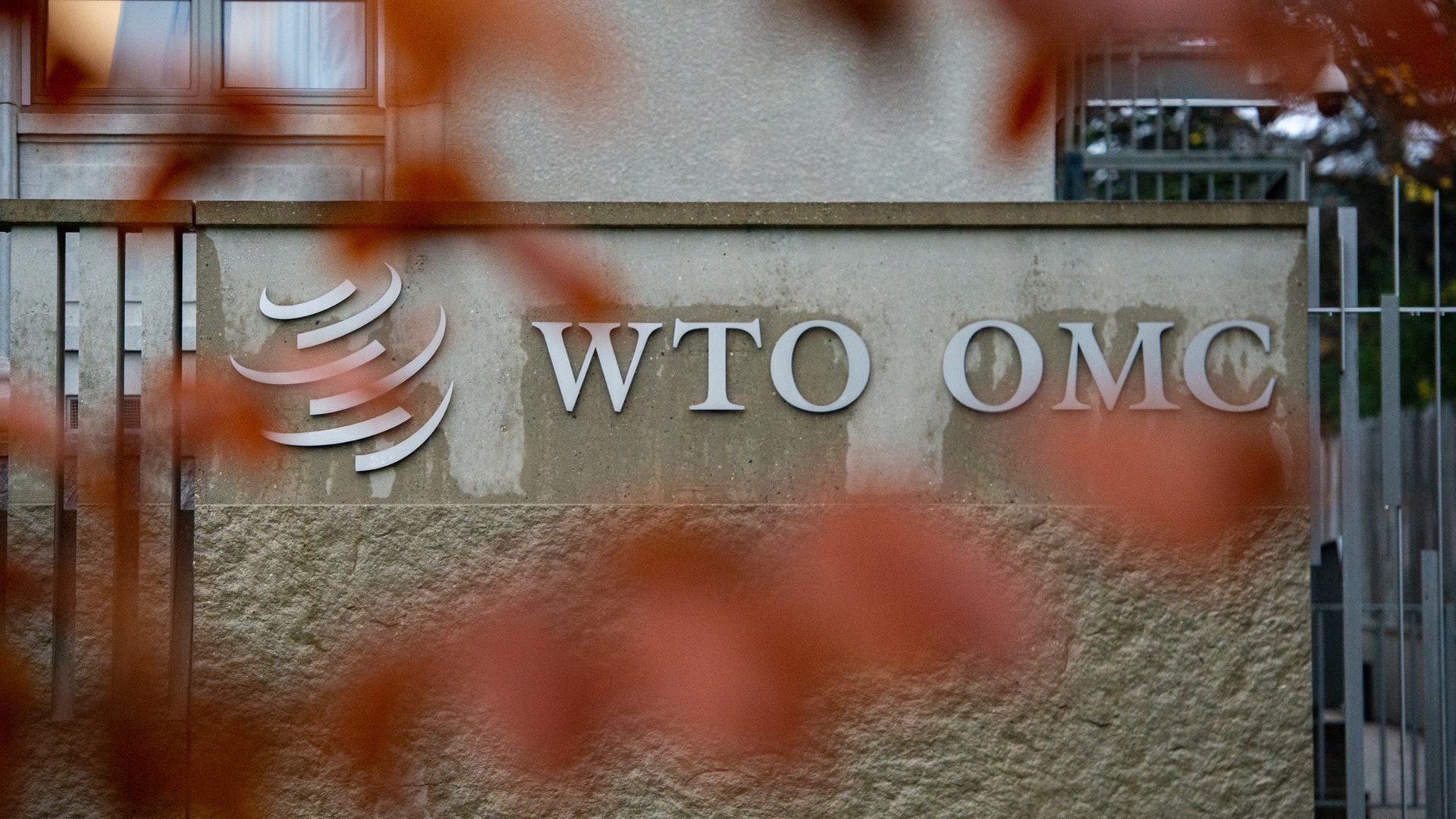The United States, the European Union and Japan’s tripartite trade representatives met in Washington on Tuesday (January 14) and issued a joint statement focusing on reforming the World Trade Organization’s (WTO) regulations governing “state subsidies.” After the United States “settled” the WTO appeal mechanism, the outside world thought that unilateralism was incurable. Now the United States, Europe, and Japan have cooperated to play the WTO reform card, and its reform focus also shows signs for China. New trade tactics with China for the first phase agreement?
After meeting in Washington on Tuesday, U.S. Trade Representative Robert Lighthizer, EU Trade Commissioner Phil Hogan, and Japanese Minister of Economy, Trade and Industry Hiroyuki Takiyama issued a three-page joint statement listing a series of WTO reform requirements, focusing on “subsidies And countervailing measures “, its content is very” poisonous. “
First, the three countries proposed to classify the four subsidy items as “unconditionally prohibited” , including “unrestricted guarantees”, “subsidies for companies without restructuring plans and insolvent debt”, and “in overcapacity industries, “Companies that can obtain long-term financing through independent commercial institutions as subsidies,” and “some direct debt exemptions.”
Secondly, the United States, Europe, and Japan also demanded that certain subsidies be treated as “presumption of guilt” , including “excessive large subsidies”, “subsidies to prevent uncompetitive companies from leaving the market”, and “no private business considerations, just to increase Subsidies for huge manufacturing capacity “and so on. If the subsidy is found to exist and the accused party is unable to prove that the subsidy did not cause damage-as opposed to “the evidence that the subsidy is harmful”-the country must recover the subsidy.
Third, as the current WTO subsidy notification mechanism has no penalties, the three countries propose to ban any subsidy that is “not notified by the subsidy but reported by a third party” . In other words, the subsidy party can legally be punished by punitive tariffs.
Fourth, the three parties propose to regulate the “national procurement” of goods and services made by countries with distorted domestic markets . For example, if a certain type of network service in a country does not allow other countries to participate, and a government adopts this service, it may violate WTO rules.
More importantly, the three countries proposed reforming the definition of “public body” . Under the current WTO jurisprudence, public institutions must “own, exercise or be given government power”; this definition clearly excludes state-owned enterprises, especially state-owned banks, and allows some countries to use state-owned banks’ extremely preferential loans, etc. Unregulated by the WTO, state subsidies are made to some extent.
In addition to the issue of “subsidies and countervailing measures”, the United States, Europe and Japan also proposed to strictly define and regulate “compulsory technology transfer” , and asked “highly developed WTO members” to abandon the “developing country” self Identified .
As the issue of state subsidies is expected to become the focus of Sino-US trade negotiations in the future, a joint statement by the US, Europe, and Japan at this time will inevitably make the outside world feel “overly coincidental”.
At the same time, the reform proposals on subsidies also show signs of being “tailored” for Chinese companies-including state-owned banks in the definition of “public institution” is just one example.
Take Huawei as an example: As early as 2011, the European Union accused Huawei of obtaining a “huge” credit line from a state-owned bank, which is evidence behind the support of the Chinese government. According to the calculation of the Wall Street Journal at the end of last year, Huawei had accumulated up to $ 75 billion Of the state subsidies, 46 billion came from state-run lenders. Under the current WTO system, these will not automatically be counted as illegal state subsidies, but under the new definition of “public institutions” proposed by the three countries, these credit lines or loans will be monitored by the WTO’s dispute mediation mechanism.
The United States, Europe and Japan also believe that the reform does not need to seek the consent of all WTO members before it can be implemented. Instead, it can be handled in the framework of “plurilateralism”, that is, some WTO members will implement the reform first, and then open other countries to participate.
In line with Reuters ’s earlier announcement that China and the United States will restart the semi-annual economic dialogue mechanism, the United States, in conjunction with traditional allies such as Europe and Japan, made trade demands to China in the form of multilateralist gang negotiations, which is quite “pre-Trump era ” After signing the first phase of the agreement, does Trump intend to “return to the old path” as a “new move” against China?
This question does not have to be answered. Even though this statement was not a move by Europe and Japan to please the United States, it was the first step for the United States, Europe and Japan to jointly reform the “test water temperature” of the WTO mechanism. According to Trump’s personality, he only looked at short-term interests and focused on trade gains and losses. It seems that this traditional international trade operation is simply difficult to maintain.
First of all, this kind of reform involves a lot of details. Trump, the US, Europe, and Japan, can’t wait to reach an agreement on the basis of years. Secondly, the reformed WTO provisions can hardly change the slow trial process of the WTO dispute resolution mechanism. To seek so-called “fair trade” by such means is definitely not in the taste of Trump. This shows that as long as Trump is still the White House owner, this old road will not go far.
Of course, if the White House changes to a new owner this year, these three pages of WTO reform proposals are definitely worthy of more attention from all walks of life.












